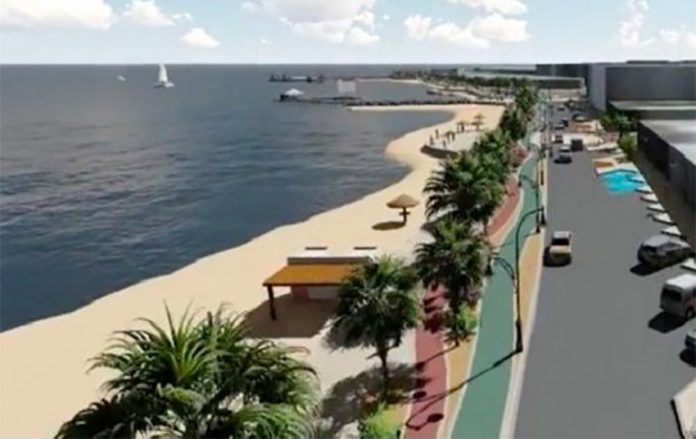Two destinations in Mexico have made Time magazine’s third annual list of the World’s Greatest Places, which features 100 urban and nature spots from around the globe, presented in no particular order.
La Paz, Baja California Sur, and Puerto Escondido, Oaxaca, are the two destinations featured. Both are coastal tourist destinations with their natural landscapes largely intact, and still have a moderate tourist industry compared to commercial beach heavyweights such as Cancún, Acapulco or Los Cabos.
Time said La Paz is just two hours north of Cabo San Lucas “but with its laid-back vibe, it might as well be a world away.”
“Visitors can take a relaxed stroll on the malecón, a three-mile-long pedestrian walkway right along the Sea of Cortés, lined with ocean-inspired sculptures and open-air cafes. The newly opened Baja Club Hotel, by boutique Mexico City developer Grupo Habita, occupies a colonial-era former private mansion. Epic marine-life encounters are the main draw to La Paz and its surrounds — these are the waters Jacques Cousteau referred to as ‘the world’s aquarium —and there are plenty of boat excursions to choose from.”
Farther south, the magazine wrote, is Puerto Escondido, “a small surf town known for its mix of laid-back chic and untamed oceanfront [that] is quickly transforming into a design hub.”

‘In May, Puerto Escondido attracted the attention of international curators and collectors with its inaugural Mexican Design Fair — a buzzy event showcasing the work of an array of creators including designer Liliana Ovalle and architect Pablo Kobayashi. Recent openings in the area include two boutique beachfront properties: Casona Sforza, a hotel whose exterior is defined by a series of clustered brick arches, and Hotel Escondido, a minimalist enclave with 16 thatched-roof bungalows.”
New restaurants and bars are also appearing “such as Espacio Cometa, an unfussy outdoor sand-floored cafe that serves contemporary breakfast specialties like avocado toast and açai bowls, as well as cocktails and dinner at night. Later this year, celebrated local chef Alejandro Ruiz will open Casa Oaxaca del Mar, a new seaside outpost of his Oaxaca city restaurant focusing on locally caught seafood.”
Other destinations on Time’s list included Arouca, a town in Portugal where the world’s largest pedestrian suspension bridge has been built, Antarctica, the Faroe Islands, New Orleans, the Uyuni salt flats in Bolivia and Tokyo.
To compile the list, the magazine solicited nominations from its international network of correspondents and contributors, “including countries, regions, cities and towns … with an eye toward those offering new and exciting experiences.”
The first two lists in 2018 and 2019 took a slightly different form. Three Mexican hotels were included in the inaugural list in the “To Stay” section. They were Viceroy Los Cabos in San José del Cabo, Casa Teo in Mexico City and Hotel Xcaret in Playa del Carmen.
On the 2019 list, Tulum, Quintana Roo, was featured as a city on the “To Visit” section and Masala y Maíz restaurant in Mexico City was included under “To Eat & Drink.”
Mexico News Daily
